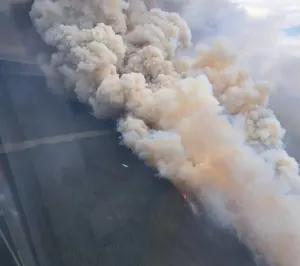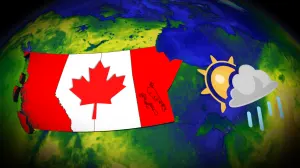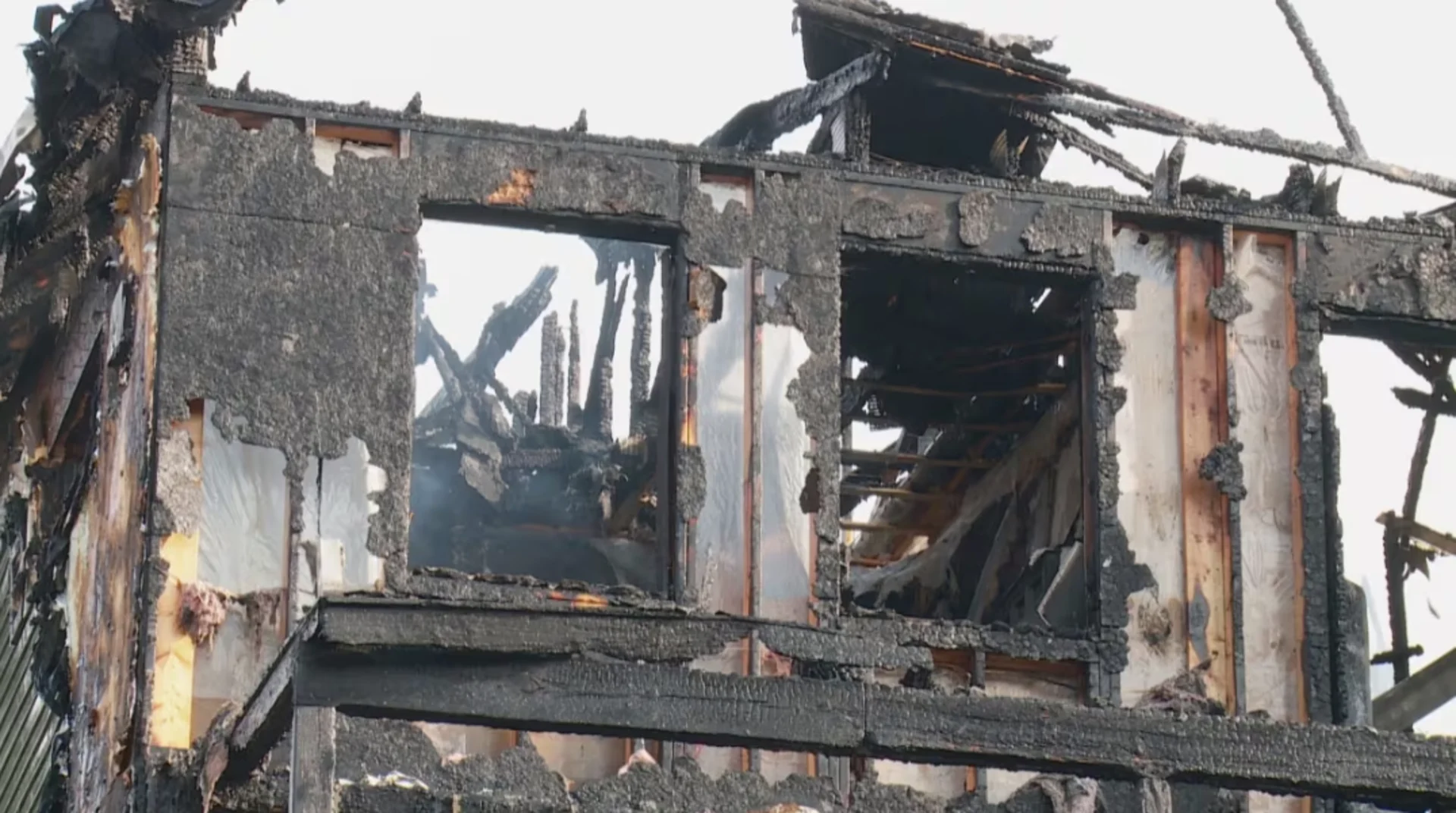
How to help prevent forest fires on P.E.I., and prepare for any emergency
Visit The Weather Network's wildfire hub to keep up with the latest on the active start to wildfire season across Canada.
Islanders are being advised to prepare their properties to help reduce the damage in case of a wildfire. P.E.I.'s forest fire risk has been rated as extreme in recent days, and dozens of fires are burning in neighbouring Nova Scotia and New Brunswick.
Jason Woodbury, chief of the Miscouche Fire Department, said he's extremely worried about this fire season on P.E.I.
"Because of all the fuel that's in the forest from Fiona," he said.
"We're very lucky so far. We did have a little scare down in the eastern part of the province where the firefighters were very fortunate to get that out."
Woodbury is also the provincial liaison for FireSmart Canada, which works on wildfire education and prevention. He said research that came after wildfires in Alberta examining which houses survived and which were destroyed has provided valuable lessons. The key difference? What surrounded the homes.
RELATED: Safeguard your home, community against wildfires before it's too late
Preparing your property
Woodbury said absolutely nothing that can be ignited should be within 1.5 metres from a home, including mulch.
"We would encourage homeowners to use non-combustible materials like bricks or rocks, but not mulch or fir trees or pine trees, any type of trees that would combust during forest fires," he said.
"It's not the flames that actually cause your house to be consumed by fire, it's the embers that get carried during wildfires that do that."
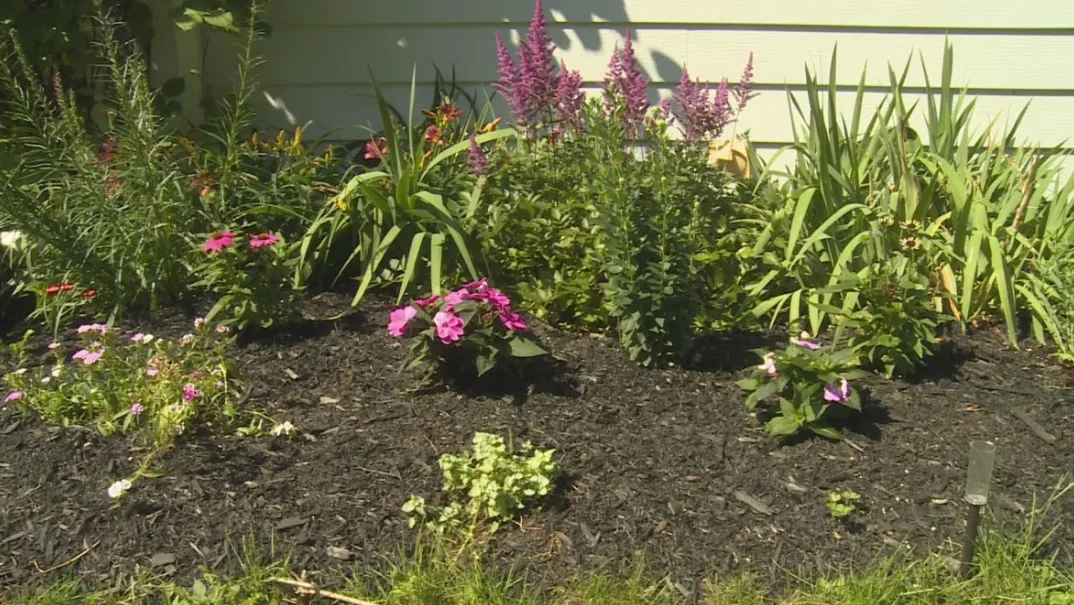
Fire Smart suggests people keep mulch at least 1.5 metres away from buildings. (Katerina Georgieva/CBC)
Embers can fly into rain gutters, he said, so it's important to keep them clean too.
Within 10 metres from the home, Woodbury said, the focus should be on keeping the property neat and tidy.
"The [FireSmart] program educates homeowners to clean up anything that's on the ground, for example wood piles, and move them out farther away from your home," he said.
"Trim your trees to about two meters to keep the fire on the ground. because if we keep the fire on the ground it's easier for firefighters to manage and easier for firefighters to extinguish."
Working with your neighbours
When it comes to trees around the property, Woodbury advised homeowners to think about what species they plant.
"We want to use hardwood trees. We don't want to use those green trees — you know, pine trees, fir trees," he said.
"We would encourage homeowners to reach out to forestry services for more ideas and have a professional come in to do an assessment of your property."
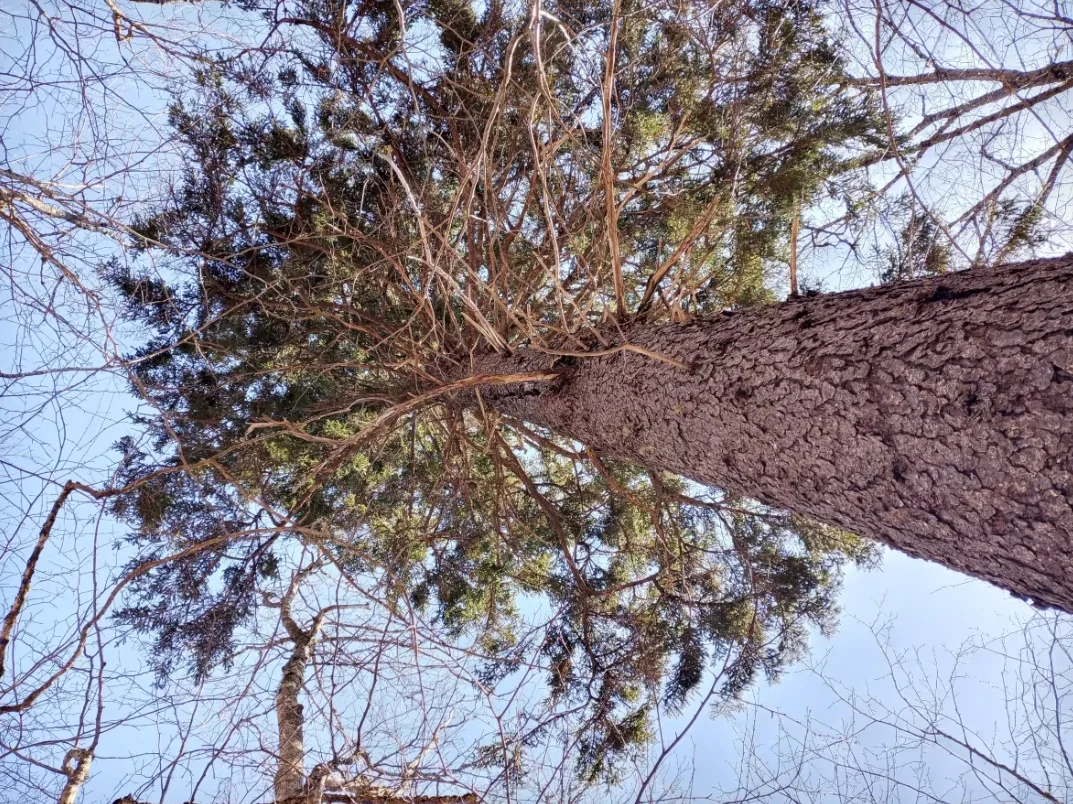
Experts say trees such as spruce and fir should be trimmed up to 2 metres, to keep fires lower to the ground, where they are easier to fight. (Submitted by Ben Sweet)
He said the FireSmart program also encourages neighbourhoods and communities to work together.
"Once we get into the urban and rural interface a lot of times you'll overlap in properties, so you might have to consult with your neighbour and work together," he said.
In the event of an emergency
If a forest fire or any other emergency should arise, it's critical to have an emergency plan for the household, according to Dan Bedell, communications director for the Canadian Red Cross in Atlantic Canada.
"It comes down to common sense and also taking a moment to just think about you and your household and their individual needs," he said.
"What kinds of things do you need to think about if you are single, have a family, an infant or small children, are someone with mobility or other medical challenges they need to deal with, or are elderly, have medications, or if you have pets."
While every situation is different, he said, sticking to your own plan will help.
"What you need to have in a grab-and-go kit is going to vary based on the makeup of your household and what their specific needs are," Bedell said.
WATCH: Nova Scotia skies darken with wildfire smoke
Ensure you're insured
The Red Cross has a website with information and checklists on what to do before, during and after any kind of an evacuation.
"If you were told you have 10 minutes to evacuate and you may be gone for three days or you may be gone for a week, what are the key things that you need to do?"
Another important consideration, he said, is insurance — for homeowners and renters.
"It would be a really good time to review your insurance policies ... and make sure you know what would be covered in the event of fire damage," he said.
"After something like a wildfire and damage to your property, that's not the time to be just finding out then that you may or may not be covered on on certain things."
Bedell also suggested taking photos of every room of your house.
"If your home is damaged by wildfire or any other event, that will be extremely useful for insurance purposes," he said.
"Take a picture of it and have it on your phone or email it to yourself so that you can ... prove what you had before and what your losses might be."
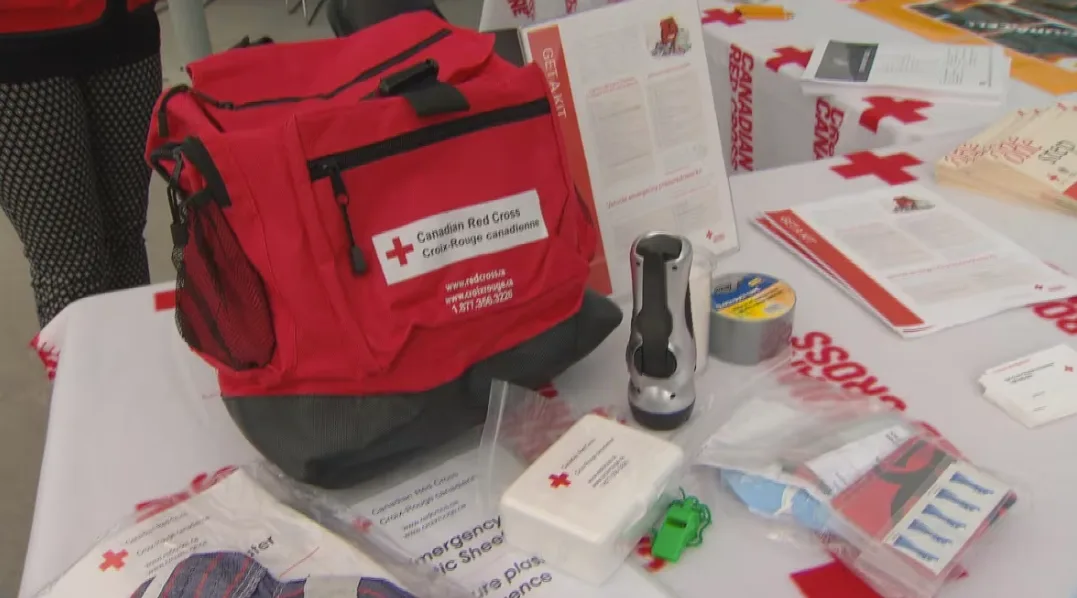
The Red Cross says this emergency kit will help people survive for the first 72 hours after a natural disaster. (CBC)
Thumbnail image courtesy of Steve Bruce/CBC.
This article, written by Maggie Brown, was originally published for CBC News.







